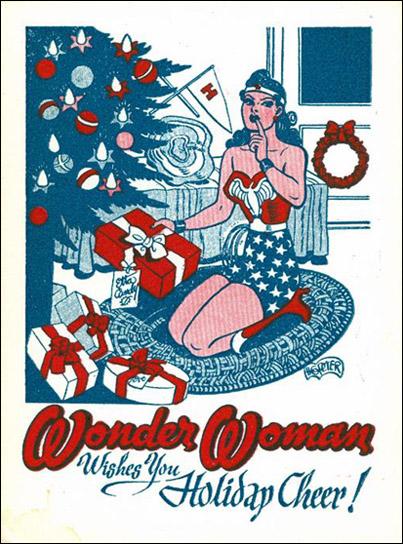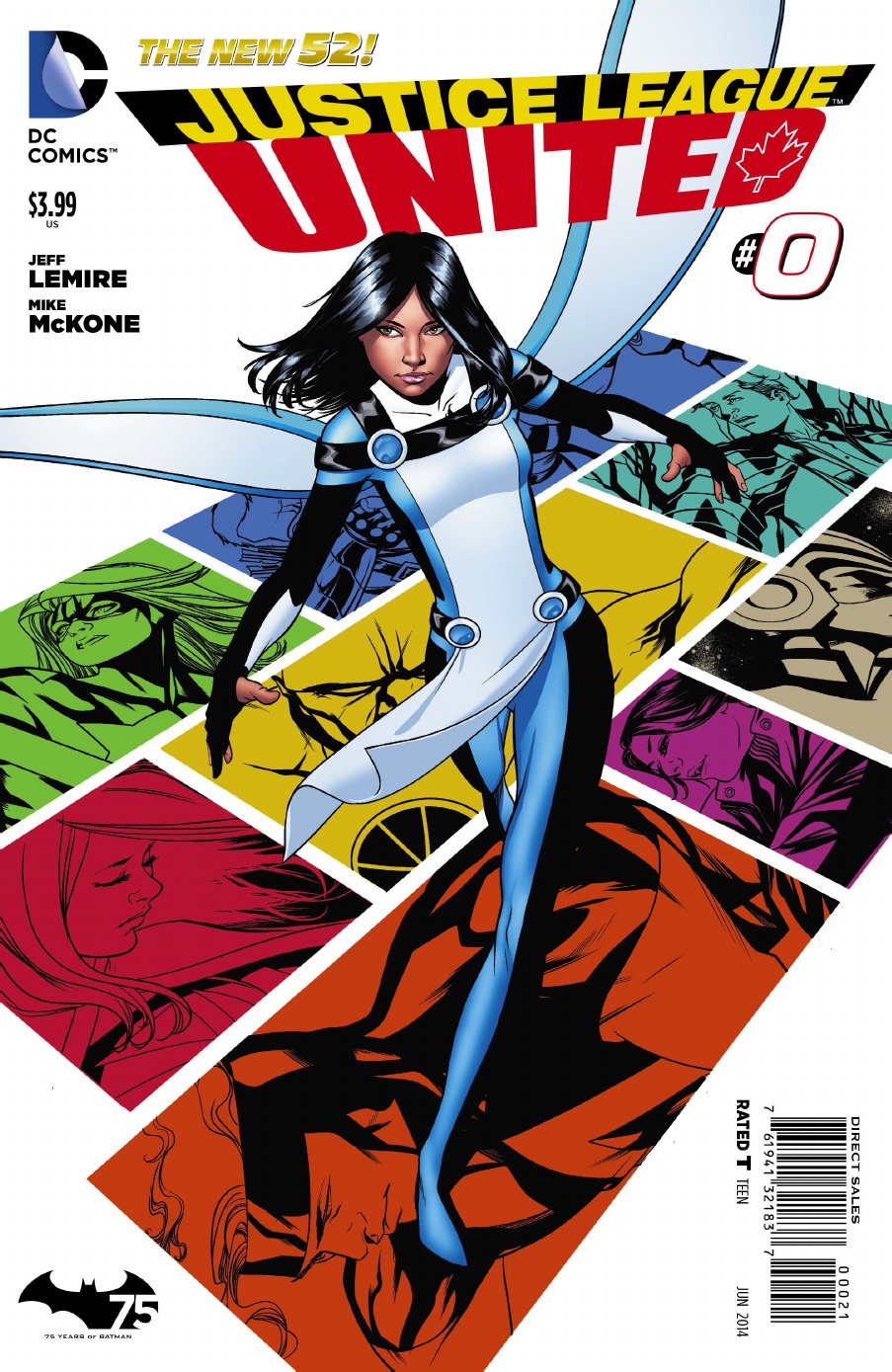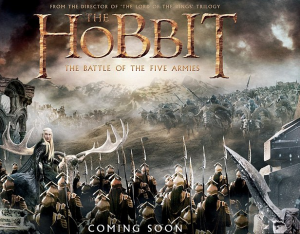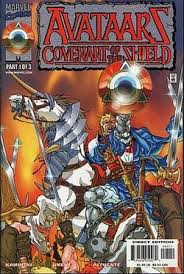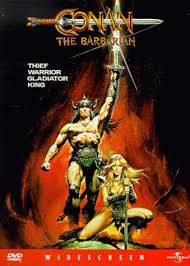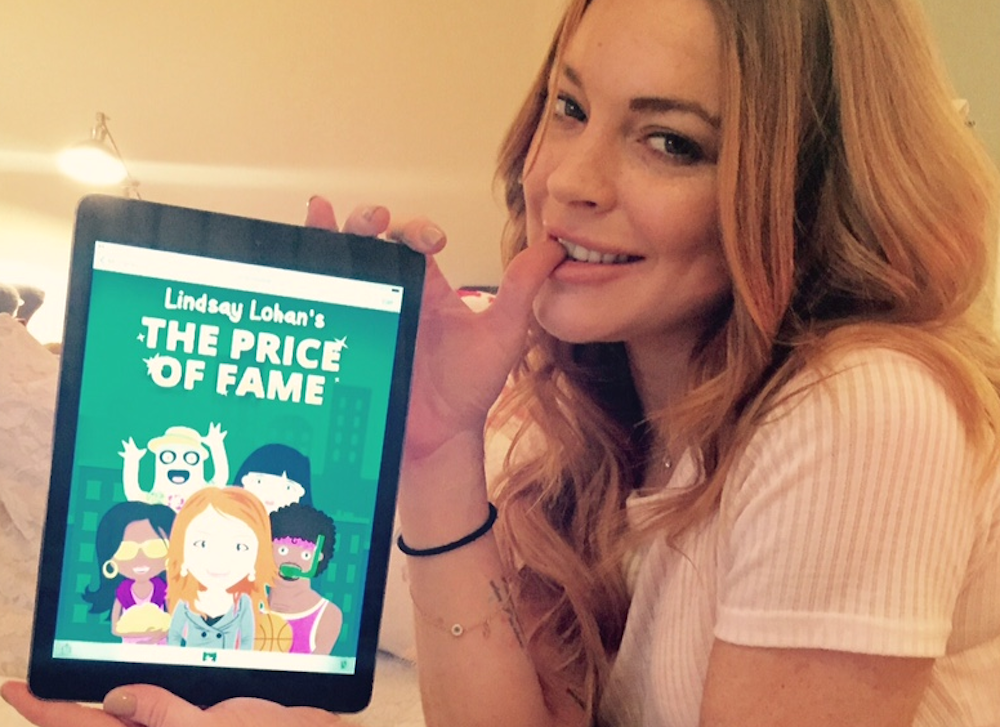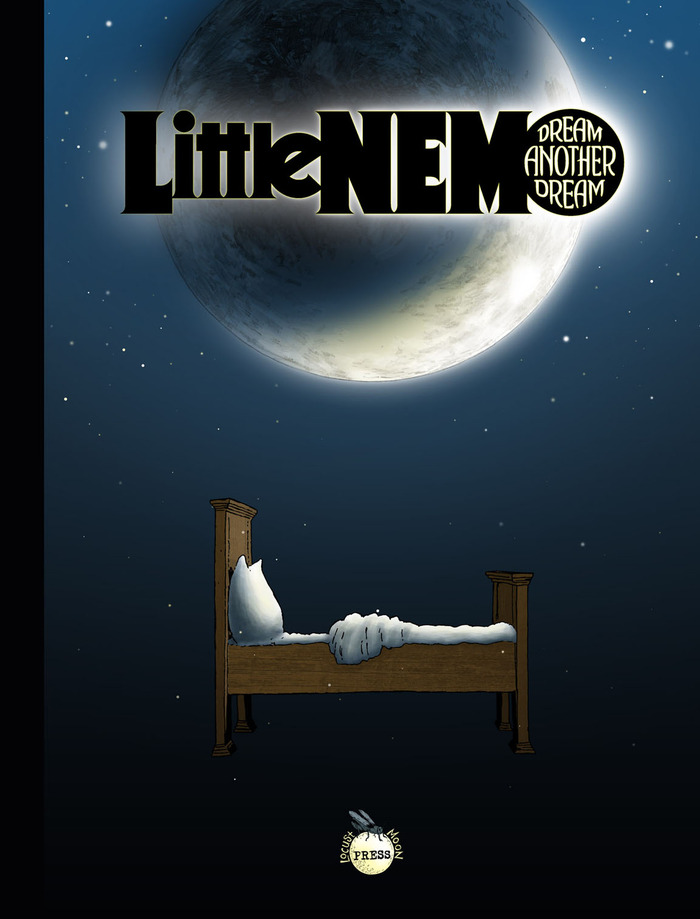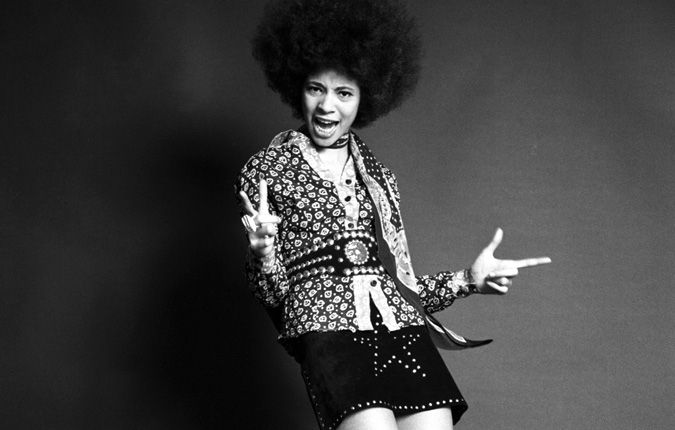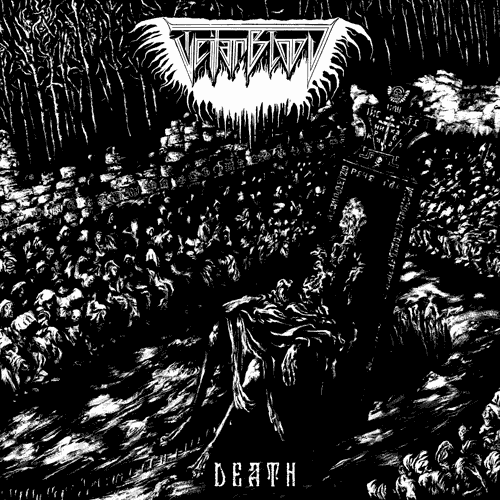Hey folks; we’re taking Christmas day off here. Hat tip to Tim Hanley for the card, and we’ll see you all on the 26th. If you’re in need of Wonder reading, you can check out my Wonder Woman book link page, with various articles, blogging, and assorted info. Otherwise, happy seasonal festivity! (Or lack thereof!)
Yearly Archives: 2014
DC Comics Tries for Diversity With Justice League United
This first appeared on Splice Today.
_________
Comic book readers are often seen as a drooling collection of adolescent babymen, trapped in their parents’ basement where they freebase Cheetos and giggle blankly at Power Girl’s boob window.
This is a false and even ridiculous stereotype — and yet, over the last few years, DC comics has been working overtime to convince the public that it is all too, too true. Back in 2011, when they launched their new 52 marketing initiative and rebooted numerous titles, DC decided to turn the character Starfire, best known for her appearance on the Teen Titan animated series for kids, into a sex-hungry amnesiac whose main personality trait is a desire to sleep with as many men as possible. At the same time, they launched their new Catwoman series with an image that suggested that the heroine’s ass had attained sentience and was attempting to reach through her spine and throttle her cleavage. Then, at the end of 2013, the company objected to a storyline in which Batwoman, their one high profile lesbian character, planned to get married. DC insisted that this was not because of homophobia, but because their characters can’t get married because the audience is made up of delicate little flowers who are afraid of commitment and marriage in any form. More recently, DC released Teen Titans #1, and put an underage girl with enormous breast implants front and center on the cover. When writer Janelle Asselin pointed out that this was not ideal , the comics community responded by soberly and maturely deluging her with rape threats. Way to buck the stereotype, fellas.
Given this recent history of utter cluelessness and insensitivity, I was not sure what to expect from DC’s new Justice League United #0. Presumably inspired by the huge success of Marvel’s new teen Muslim hero Ms. Marvel, Justice League United introduces a new female Cree Native American hero named Equinox. There are few enough non-white heroes that any addition to their number is welcome. But, given DC’s track record, the chances that the character would be treated with respect, or even minimal intelligence, seemed low.
In the event, Justice League United #0 is not especially sexist or racist. That is a very low bar, though, and while the comic clears it, that is about as much as can be said in the story’s favor. Writer Jeff Lemire’s script is a masterpiece of poor pacing; heroes and villains pop up here and there almost at random as the setting lurches from space to some sort of comics convention to Canada to wherever. There’s no sense of suspense; it’s just one damn thing after another, with characters we care nothing about burbling out default tough-guy schtick and anonymous villains rolled out to make the sort of portentous threats you’d expect from villains. Artist Mike McKone provides typically ineffectual mainstream art, neither consistently stylized enough to be interesting nor competent enough to attain even the basic anatomical accuracy which is supposedly the goal.
Despite the fact that Equinox’s appearance has been heavily promoted, the character herself barely shows up, and her walk-on is almost aggressively anonymous. Miyahbhin chats with a friend briefly, goes home, encounters some sort of weird stranger who turns into a monster and then vanishes, leaving Miyabhin’s granny to comfort her. You get no sense of Miyabhin as a character, or of her relationship with her friends or her grandmother. It’s just another in a series of meaningless special effects moments before we zip off to the next random plot point.
The difference with G. Willow Wilson’s Ms. Marvel series couldn’t be more stark. There, the series is all about Kamala Khan’s sense of being stuck between the different norms of her American culture and her Pakistani family. Transforming into a superhero is interesting because it links up with Kamala’s story of trying to assimilate and stay true to herself. We care about the superheroics, in other words, because we care about Kamala. In contrast, Miyabhin is just one more blob of gaudy computer coloring to throw at the wall.
What’s perhaps most striking about the comic is its utter indifference to new readers. Again, this is a first issue introduction to a new series with a character who seems specifically designed to appeal to an audience outside the core superhero demographic of 20-30 year old guys who have been reading superhero comics for decades. And yet, there’s almost no effort to introduce us to the characters, or even to tell us what they can do (there’s some banter about the limits of Animal Man’s powers which I guess is supposed to be helpful, but mostly just seems clumsy.) The last couple of pages shift to a confrontation between Lobo and Hawkman which is completely unmotivated and disconnected from everything else in the issue. I even know more or less who Lobo and Hawkman are, and I sure didn’t care that they were going to fight. What would someone who hadn’t read thirty years of DC comics make of their stand-off?
Even when DC specifically attempts to reach out to new audiences, and even when it attempts to include female and minority characters in a respectful manner, it is badly hampered by its incompetence, its basic lack of professionalism, and, above all, by an overwhelming, all-encompassing insularity. Even with the best will in the world, Jeff Lemire, Mike McKone, and DC editorial simply have no idea how to tell a story that will appeal to anyone but the tiny group of fans who are determined to read about DC characters no matter how low the quality of the product in which those characters appear. Justice League United, for all its faults, does prove that that insularity doesn’t necessarily have to result in insensitive assholery. But it shouldn’t be a surprise that it often does.
Scientists Discover DNA Evidence of Middle-earth
My son texts me: “In dungeons and dragons I created hawk-eye, Hulk and Thor”
This is a major breakthrough, even better than downloading superhero mods into Minecraft because it requires his own creative mixing. His uber-Aryan is a human paladin with a demigod destiny and an epic-tier artifact hammer. For the Hulk, you start with a human warden and multi-class him to get a monk’s unarmed strike while wearing bloodweave armor. Mix enchanted arrows and a throwing shield with bow-mastery and brawler talent, and Hawkeye and Captain America are ready to go too. I think he chiseled Iron Man from living metal.
It’s my favorite thing about superhero teams, how gods and aliens and androids can join forces, all their discordant realities merged in the ultimate melting pot of action-packed fantasy. Tolkien didn’t invent the genre, but he assembled one of the first super-teams. He would take it further with Lord of the Rings, but his first team of adventurers mixed dwarves with a hobbit and a human wizard. It was 1937. The Hobbit made a case for diversity in a time of Aryan purity.
Hitler had barred Jews from the German Olympic team the summer before. The “part-Jewish” fencer Helene Mayer was Berlin’s token exception, and she medalled, along with nine other Jewish athletes from other nations. The biggest winner was Jesse Owens with four golds, including a world record set with his relay teammates. Hitler left the stadium rather than shake a non-Aryan hand. In Berlin Owens stayed in all-whites hotel, but back home, he had to use a freight elevator to attend his own banquet. FDR, afraid of losing the Southern vote, snubbed him too.
Hitler wanted to cleanse Germany of ethnic diversity, believing it would return the splendor of ancient Greece and Rome. But go further back, and evolutionary geneticist Mark Thomas calls ancient Europe a “Lord of the Rings-type world,” with multiple human races co-existing for dozens of millennia. In addition to Early Modern Humans (including the hominids formerly known as Cro-Magnon), you got your standard Neanderthals, plus their recently discovered neighbors, the Denisovans. Instead of segregating themselves on separate continents, the three hung out together in Spanish and Siberian caves.
“It is possible,” writes Carl Zimmer for the New York Times, “that there are many extinct human populations that scientists have yet to discover.”
Old school theories didn’t like the idea of Homo sapiens coming in flirting range with other groups after marching out of Africa, but analysis of a Neanderthal toe bone proves the ancient races didn’t keep to their prudish selves. If you have type 2 diabetes, you probably have a branch of Neanderthal relatives on your 50,000-year-old family tree. The gene is biggest in the Americas, so the colony of Virginia was way too late when they passed the hemisphere’s first anti-miscegenation law in 1691. Since early humans didn’t discover Neanderthal love until after they’d exited Africa, Virginia’s slave population was the genetically purest on the continent. Even Englishman Ozzy Osbourne flunked the one-drop rule. He had his DNA sequenced in hopes of finding a “plausible medical reason why I should still be alive” given “the swimming pool or booze” and drugs he’d guzzled. The answer wasn’t racial hygiene.
Denisovans are crashing family reunions too. Europeans carry some Denisovan blood, but the biggest pockets are in Australia and New Guinea, with Brazil and China claiming some of the best Neanderthal-Denisovan mix. Denisovans also share about 8% of their genome with some million-year-old species, so that’s more bad news for Racial Purity Clubs worldwide. We are all, says computational biologist Rasmus Nielsen, “connected to other species.”
Robert E. Howard agrees. The father of sword and sorcery renamed ancient Eurasia “Hyboria” and populated it with a mixed-race of arctic warriors descended from the lost continent of Thuria. The survivors of Atlantis devolved into ape-men, and the former Lemurians came westward, “overthrowing the pre-humans of the south.” This is about 20,000 years ago, after Neanderthals and Denisovans had given way to Homo sapiens. Howard published his first Conan the Cimmerian story in 1932. Conan’s people would evolve into Celts by 9500 BC and Conan into Arnold Schwarzenegger by 1982.“The origins of the other races of the modern world,” Howard writes, “may be similarly traced. In almost every case, older far than they realize, their history stretches back into the mists of the forgotten Hyborian Age…”
Howard committed suicide in June 1936, three weeks before Jesse Owens took his first Olympic gold. That left the Weird Tales realm of sword and sorcery undefended when Tolkien invaded the following year. Like any conqueror, he renamed everything, so Hyboria became Middle-earth. Both ages took place in Earth’s lost history, though Tolkien admits “it would be difficult to fit the lands and events (or ‘cultures’) into such evidence as we possess, archaeological or geological, concerning the nearer or remoter part of what is now called Europe.”
Tolkien’s reign ended with his death in 1973, and the realm was again defenseless during the Dungeons & Dragons invasion of 1974. I dabbled in a game or two with college roommates in the early 80s and now order second-hand copies of user guides and monster manuals for my son who organizes weekend adventures with fellow middle schoolers. I even found him a 2000 Marvel mini-series called Avataarz, featuring D&D versions of Captain America, the Hulk, Hawkeye and other sundry Avengers. He was disappointed it didn’t include their character sheets, but he’s good at building his own. Fantasy is in his blood.
He and my wife and I watched The Hobbit parts 1 and 2 together and have been waiting for the last installment. We skipped the Conan the Barbarian reboot, as did most of the world’s Cimmerian-descended population, but rumor has it Arnold will be returning to Hyboria soon. His last super-team included Grace Jones and Wilt Chamberlain, but I’m sure Hollywood can assemble an even more discordant melting pot of a cast. That’s what the genre is all about.
Lindsay Lohan’s The Price of Fame is Pretty Cheap
It is well understood that celebrities are seen as a species far beyond human. They are glorified and criticized constantly for what they say or don’t say, wear or eat way more than any person should. And because of that scrutiny, many celebs feel the heavy burden of the limelight’s obsession with perfection, and they simply crash and burn. Lindsay Lohan may be one of the best people to understand this.
“I don’t think I realized that the cost of fame is that it’s open season on every moment of your life.” A quote from Julia Roberts popped onto the screen as Lindsay Lohan’s The Price of Fame first loaded. Another quote by Vicki Baum compared success to the North Pole, a solitary, frozen place. Below the quotes is a cartoon Lindsay Lohan, smiling.
This game is not made to define fame as glamorous fabulousness like Kim Kardashian’s hit, Kim Kardashian’s Hollywood. This game, I suspected, would be the antithesis of Kim’s naive look into the daunting task of being a celebrity, and who else but Lindsay to prove this! I was excited to see how Lindsay, someone who has struggled with life in the public eye, would take on the troubles of being famous in a mobile game.
Unfortunately, the seriousness I expected ended at the sobering introduction quotes. The Price of Fame tries to use parody and humor to make its point, and it effects didn’t make me feel anything.
The freemium app is equivalent to Cookie Clicker, a type of idle game where players keep clicking an item to gain more points. In this case, it’s swiping the screen instead of clicking, and earning followers instead of cookies. Fans are treated by the game as currency, so the more fans earned the easier it is to upgrade items to earn more fans to upgrade items to earn more fans, and so on.
In some ways, this mechanic could be used to demonstrate how and why celebrities do ridiculous things in order to garner more attention. The game even makes fun of real pop culture events, like Janet Jackson’s Superbowl Halftime nip slip or selling baby photos. On the other hand, it’s hard to feel as if anything I do as a player in the game has any sort of weight or repercussion. Janet had to post a video apology, her record sales with down due to outrage. It was controversial and outrageous, especially considering Justin Timberlake did not nearly face as much backlash as Janet did. But If I click to have a “wardrobe malfunction” in The Price of Fame, I win over more fans. That’s it. There is no true price of fame, just swiping.
The idle game genre does not do much to make any actions feel significant. There are upgrades that earn fans without ever swiping, and perks that help gain fans even when the game is closed, so eventually the game runs itself. At that point, I no longer need to care about the game.
This is not how I imagine fame to be. If living in the spotlight leaves me emotionally and physically unscathed, why would Julia Roberts be condemning it; why would Vicki Baum comparing it to the chilly North Pole? Why would Lindsay Lohan be slowly working to bring her life back around because of it?
In fact, other than the title, the game lacks any indication that it is, in fact, Lindsay’s game. While it works so hard to poke fun at other celebrities, the game rarely mentions Lindsay herself. It is possible to have “Not Nice Girls” be a part of an entourage, but that’s the largest reference to any part of Lindsay’s career. There is no mention of mug shots, DUI’s or rehab. Lindsay herself shows up spontaneously as a fan, and quickly disappears with a swipe of the finger.
Though, maybe this is what Lohan wanted. She first appears to be a consultant on how to play the game, explaining what upgrades do and how to customize characters, and then she immediately becomes a fan. She no longer has to succumb to peer pressure of a celebrity life. She is watching you struggle, much like others watched her struggle in reality.
Except here is no struggle. The price of fame means nothing when it’s impossible to feel any sort of backlash. While it tries to teach a lesson about the pressures of being a celebrity, the game lacks enough seriousness to make anyone question any danger. Lindsay Lohan’s The Price of Fame does too much for laughs, too little for thought.
Dream a Dream of Public Domain
This piece first ran on Splice Today
__________
“Now that most of Winsor’s work is public domain he can be imitated by lesser artists with a fraction of his skill and vision,” artist Fil Barlow quips in his contribution to the kickstarter-funded Winsor McCay tribute anthology Little Nemo: Dream Another Dream. The volume — paying homage to the famous newspaper comic in which Nemo falls asleep each night, dreams fantastical dreams, and then falls out of bed into waking in the last panel, —features an embarrassment of talent. Starting with Gerhard’s magnificent Escher-like frontispiece, the oversize volume, which ran a successful kickstarter campaign, includes ravishing full page works by Craig Thompson, Bill Sienkiewicz, P. Craig Russell, Jill Thompson, Carla Speed McNeil, and just about everyone else you can think of in the world of comics.
And yet, despite the skill on display, Barlow’s snark still has bite. If there’s one person in the world of illustration who’s inimitable, that person would be Winsor McCay, with his walking beds and giant dragons and monstrous geese, his inexhaustible drawing facility and equally inexhaustible imagination. McCay already drew the perfect Little Nemo. Why does anyone else need to bother?
Barlow suggests that others are bothering, or are able to bother, because McCay’s work is out of copyright. Public domain has left McCay’s corpus defenseless before the onslaught of rabid artistic poachers.
It’s certainly true that an independent publication on the scale of Dream Another Dream wouldn’t have been feasible for copyrighted work; you can’t just start a Mickey Mouse Kickstarter project without Disney’s say so and expect that to be okay. But just because a comic remains in copyright is hardly a guarantor that the original artistic vision will be left politely alone. Copyrighted characters are regularly reinterpreted across multiple media by artists who have little interest in, and often seemingly little knowledge of, the original creations. As just one example, the hunky salt-of-the-earth Kryptonian-battling Superman in Man of Steel doesn’t have a whole lot to do — visually, conceptually, or ideologically — with the quasi-socialist high-jumping basher of corrupt mine-owners that Siegel and Shuster invented way back there in the Great Depression. The forthcoming Dr. Strange movie will almost certainly abandon Steve Ditko’s visual style and Stan Lee’s overcarbonated prose for something blander and more conventional.
Being public domain doesn’t make Little Nemo uniquely vulnerable, then. On the contrary, being public domain seems to afford him some measure of protection. When you’re owned by a large conglomerate, there’s no telling what sort of sordid nonsense will happen to you under the auspices of “official” continuity — a villainous thug may turn into a dashing anti-hero, a warrior woman can be changed into an amnesiac sex doll. Why not, if it’s good for business?
Public domain, though, seems to at least potentially change the incentives. Nobody owns Nemo. He doesn’t belong to a corporation; he belongs to everyone. And since he belongs to them, the artists in this anthology treat him as if he’s in their care.
Not that all the cartoons here are necessarily reverent. Alexis Ziritt’s psychedelic Jack Kirby meets Day of the Dead space skull vomit is about as far as you could get from McCay’s preternaturally neat art nouveau style, while R. Sikoryak’s Freud/Little Nemo team-up introduces the kind of layered dream interpretation that McCay’s dazzling surfaces deliberately, and even ostentatiously, avoided. Even when artists in the volume deliberately subvert McCay, though, it’s McCay they’re deliberately subverting. It’s his original that they’re playing with, or riffing off of, or questioning. Sometimes it’s just an affectionate nod to his themes, as in Carla Speed McNeil’s adorable fantasy of a giant cat. Sometimes it’s a clever stylistic nod, as in Moritat’s use of imagery from Asian prints, neatly suggesting some of the sources (perhaps once or twice removed) for McCay’s own visuals.
And in many cases, it’s a tribute to the amazing way McCay put together a page. Paolo Rivera’s tour de force juxtaposition of the song “Row, Row, Row Your Boat” with a self-referential meta-adventure narrative, for example, seems only tangentially related to Little Nemo’s art; the visuals seem to owe as much to Hergé as McCay, and the verbal economy certainly isn’t inspired by McCay’s meandering repetitive prolixity. And yet, McCay’s hand is there, in the way that the page is seen so strongly as a spatial and temporal whole. McCay wouldn’t speed up time, or have his narrative loop back around, the way that Rivera does, but Rivera is able to do it because of the ideas, and the tool-kit, McCay gave him.
Admittedly, some piece in the book don’t gel. Peter Bagge’s wise-cracking, clunky cartooning style is a particularly poor fit for McCay’s elegant wonder; Dave Bullock and Josh O’Neill’s use of received fantasy adventure tropes seems like a waste next to McCay’s much less hidebound flights of fancy. But even the failures are talking to the original, not stealing from it, or ignoring it in the name of some larger cinema audience determined by focus group. We tend to see copyright as a way to protect intellectual property from abuse or misuse, but this tribute volume suggests that it may have the opposite effect. A dream isn’t meant to sit forlornly by itself in a bank vault with a bunch of lawyers; it’s meant to get out and inspire people. The more artists take from McCay, the bigger McCay gets. The more public Nemo becomes, the bigger the domain of his dream.
Utilitarian Review 12/20/14
Wonder Woman News
Sean Kleefeld gave my Wonder Woman book a 9 out of 10 at Freaksugar and said various nice things about it.
Amazon says they’ll have copies of the book to ship on the 25th — so a way to use your Christmas money, if Wonder Woman, bondage, and/or feminism are things you would like to use your Christmas money for.
Also Kailyn Kent reviewed my book on Amazon and said she liked it. If you have gotten a copy and feel so moved, please consider reviewing the book on Amazon or Goodreads or B&N or wherever you do reviewing. Marketers and such tell me those things help.
On HU
Featured Archive Post: Matthew Brady on why Geoff Johns’ Green Lantern is the worst comics series ever.
Me on Batman and special guest villain: racism.
Me on Liberace and Dick Grayson in the flaming closet.Cathy G. Johnson on Mike Dawson’s “Overcompensating” and abuser logic.
Chris Gavaler on how genre is merging with literary fiction.
Michael Carson on why more war movies should be like Nightcrawler.
Brian Cremins on learning the classics from comics and Power Records.
Me on lit fic and why Ian McEwan’s The Innocent is a romance.
Utilitarians Everywhere
At the Atlantic I wrote:
—about Alaska’s new sex trafficking laws, which aren’t working.
— about Chicago’s history of torture.
At Pacific Standard I asked what is the point of academic book publishing.
For Ravishly.com:
—I talked about GQ covers and how men and women are both sexually objectified, but in different ways.
—I talked about Nicki Minaj’s Feelin’ Myself and why only female masturbation songs are sexy.
— I did a list of black women in rock.
At Splice Today:
—I write about Edward Baptist’s history of slavery and alternatives to white savior narratives.
—I argues that Jeb Bush is not a bad candidate.
— I contributed to the best music poll.
Other Links
Mike Dawson responded to Cathy G. Johnson’s post here about his comic.
Lisa Levy on the rise of the literary espionage novel.
The 15 Best Albums of the Year
You can find several of my best of picks at the Splice music poll…but I thought I’d list all the top 15 here. From best to not as best:
1. Jordannah Elizabeth — Bring to the Table
2. Open Mike Eagle — Dark Comedy
3. A Sunny Day in Glasgow —Sea When Absent
4. Jason Eady — Daylight & Dark
5. Akkord — Akkord
6. Katy B — Little Red
7. Artificial Brain —Labyrinth Constellation
8. clipping. — Clppng
9. Smetana Trio — Ravel, Shostakovich: Piano Trios
10. SZA — Z
11. Abjo — Soulection White Label
12. Tinariwan— Emaar
13. Hurray for the Riff Raff — Small Town Heroes
14. Mirel Wagner — When the Cellar Children See the Light of Day
15. Teitanblood — Death
List your best albums of the year in comments, if you’re so moved.

